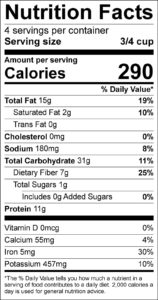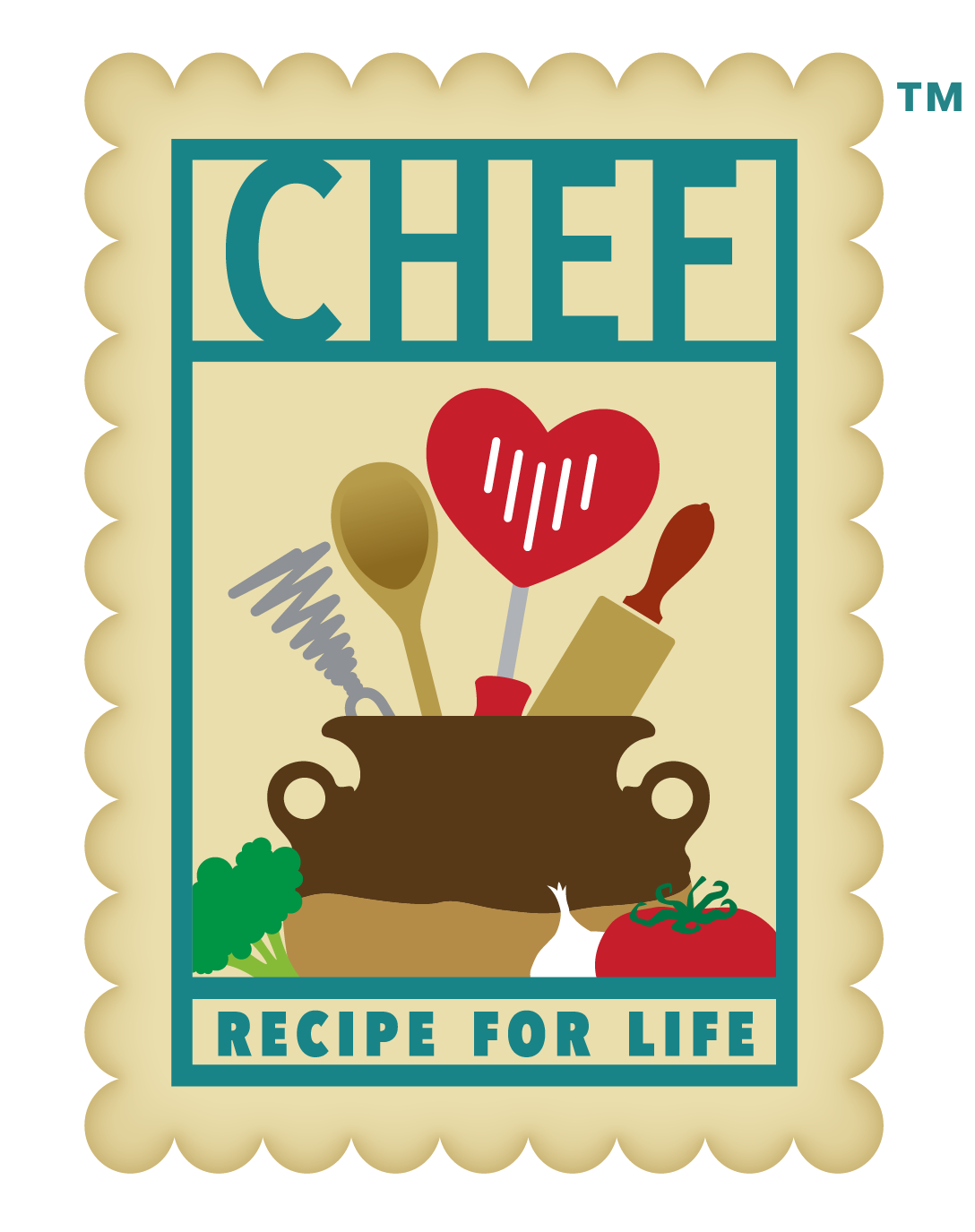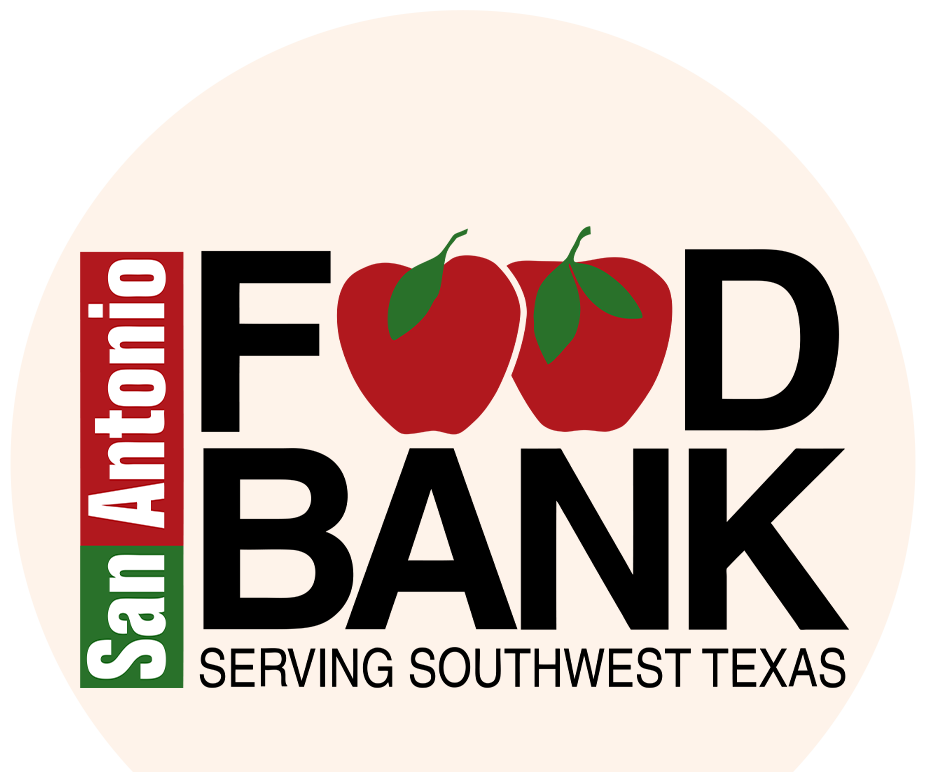Katy Bowen, MS, RDN, LD

Nutrition Facts labels can be a helpful tool in determining the nutritional value of foods, especially ultra-processed foods. However, they can also cause added confusion. When reading a label, it is important to understand what each nutrient means, especially in relation to the serving size. The following descriptions will help you better understand the composition of the foods you eat.
Calories: Calories are simply the amount of energy a food provides. Based on a 2,000-calorie diet, each meal should be about 500-750 calories with snacks or the occasional dessert at around 250 calories per serving. You can calculate the estimated number of calories you need each day to use as a guide at the following link: https://www.choosemyplate.gov/resources/MyPlatePlan
Total Fat: Total fat, as the name suggests, refers to the entire amount of fat in the food. Healthy fats such as avocados and fish may have a higher amount of total fat. For this reason, it is more important to look at the amounts of saturated and trans fats in each food.
Saturated Fat: Saturated fat typically refers to fats that are solid at room temperature such as butter, animal fat, coconut oil, and lard. These fats are considered less healthy. While your body does need some saturated fat, no more than ten percent of the fat you eat in a day should come from saturated fat.
Trans Fat: There are two types of trans fats: man-made and naturally occurring. Naturally occurring trans fats are found in small amounts in animal products, whereas man-made trans fats are created in a process to make vegetable oils more stable. It is best to avoid trans fats as much as possible. Fortunately, as of 2018-2019, man-made trans fats are officially banned in the U.S.
Cholesterol: Like fat, your body needs a small amount of cholesterol. Too much cholesterol can lead to a build up of plaque in your arteries, a precursor for a heart attack.
Sodium: Sodium is a mineral that helps with fluid balance, muscle control, and nervous system function. Most of the sodium in foods comes from salt. Aim for less than 750 mg of sodium per meal. For individuals with high blood pressure, aim for no more than 1,500 mg of sodium in one day.
Total Carbohydrates: Carbohydrates are the body’s main fuel source. This food group includes grains, fruits, vegetables, dairy, and beans.
Dietary Fiber: Fiber keeps you full and can help lower cholesterol. Aim for at least 5 to 10 grams of fiber at each meal.
Sugars: Steer clear of too much sugar, even naturally occurring sugar amounts to about 4 calories per gram.
Added Sugars: These are sugars that are not naturally occurring such as those in fruits. Added sugars include honey, maple syrup, agave nectar, cane sugar, etc.
Protein: Protein is needed for the growth and repair of all the tissues and cells in the body. Children need more protein than adults for healthy growth and hormones. For the most health benefits, focus on protein from plants or lean meats.
Serving Size: The serving size on the label is required by law to be based on amounts of food or beverages that people typically consume in one sitting. Even so, it is still important to double check the serving size. If the serving size is 5 chips and a person eat 10 chips, then the calories and nutrient amounts double.
Ingredients: Ingredients are listed in order from largest to smallest amount (by weight). Try to limit products where sugar is one of the top three ingredients.
Percent Daily Value: You’ll notice on the right-hand side of the food label, there are percentages in each row. Each percentage tell you how much of the nutrient is in each serving, based on the recommended amount for a 2,000-calorie diet.
If you have more specific questions about how to read a Nutrition Facts label, please reach out to one of our experts using the Ask a Dietitian tool: https://www.chefsa.org/ask-a-dietitian/



